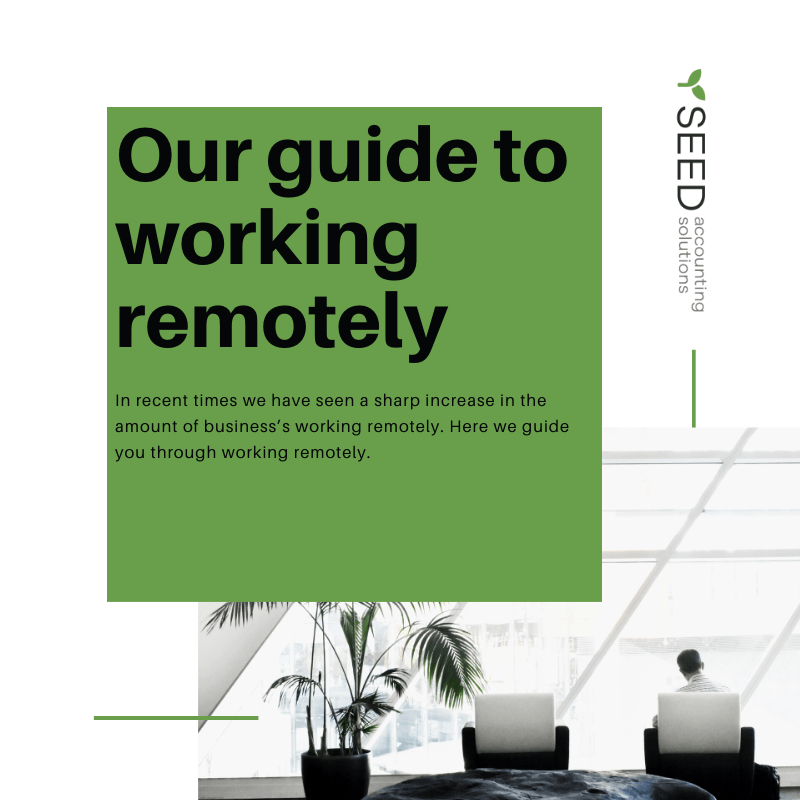
Our guide to working remotely
17th July 2020
6 Reasons to Know Your Numbers
20th August 2020Here is your guide to LLPs (Limited Liability Partnerships)
LLPs may be seen as a hybrid between limited liability companies and traditional partnerships. They offer the limited liability available to limited company shareholders combined with the tax regime and flexibility available to partnerships. LLPs were introduced in 2001 as an alternative to the traditional partnership model.
So, what’s the difference?
An LLP is a business structure that can be set up by 2 or more people. The main difference between a LLP and a partnership is the level of financial responsibility of the partners. The number of partners is not limited but at least two have to be ‘designated members’. The ‘designated members’ are responsible for filing annual accounts.
Just as with a limited company the LLP model protects its members assets. Thus limiting their liability to however much they have invested in the business and any personal guarantees they may have given when raising loans. Traditional partnerships place the full burden of business debts upon the partners. LLPs place reduced financial liability upon the partners which is a more desirable option for many people.
However it doesn’t give you the same tax advantage. As in an ordinary partnership, the members share of profit is taxed as income. Each member has to register with HMRC as self-employed. LLPs also have to register at Companies House and there should be a members agreement stating what share of the profit each member should receive.
Points to note
- An LLP must have at least 2 ‘designated members’ at all times.
- ‘Designated members’ have more responsibility than ordinary members. They must register the business with HMRC, register the partnership for VAT if you expect your business’s sales to be more than £85,000 a year, appoint an auditor if needed, keep accounting records, prepare, sign and send annual accounts to Companies House and send a Confirmation Statements to Companies House each year.
- There are no shares, shareholders, or Directors in a LLP.
- An LLP must have a registered office address in the Country of incorporation. Your registered address is where all communications and notices may be sent, for example letters from Companies House and HMRC.
- They must be a profit-making business.
- There is no Corporation Tax – each LLP member is taxed as Self -employed through their individual Self Assessment.
- Annual Accounts and a Confirmation Statement must be delivered to Companies House each year.
- You should make a LLP agreements with any other members as part of setting up your LLP. This sets out how profits are shared, who needs to agree decisions, the members responsibilities and how members can join or leave the LLP.
- LLPs have a flexible internal structure and can be changed at any time, as often as required.
- LLPs do not have shares to sell and cannot receive capital investment from non LLP members in exchange for a portion of the business.
In Summary
Annual accounts need to be submitted to Companies House within 9 months of the financial year end. This may differ to the tax year but your year end can be adjusted to be brought in line with the tax year.
Partnership tax returns should be submitted to HMRC by the 31st January following the end of the tax year in which the financial year end falls.
Self Assessment tax returns should be submitted to HMRC by the 31st January for all the partners (regardless of the profits taken).
Unlike other income situations, all partners of a LLP must register for Self Assessment, regardless of whether they receive a share in the profits of the business.
Penalties can be imposed by HMRC and Companies House for late filing of accounts and tax returns.
HMRC has a guide on how to set up LLPs, or you can schedule a call with us to discuss your options and filing deadlines in more detail.




